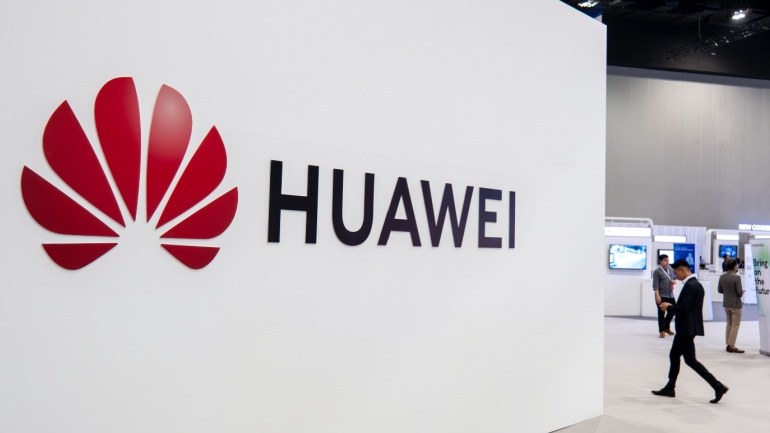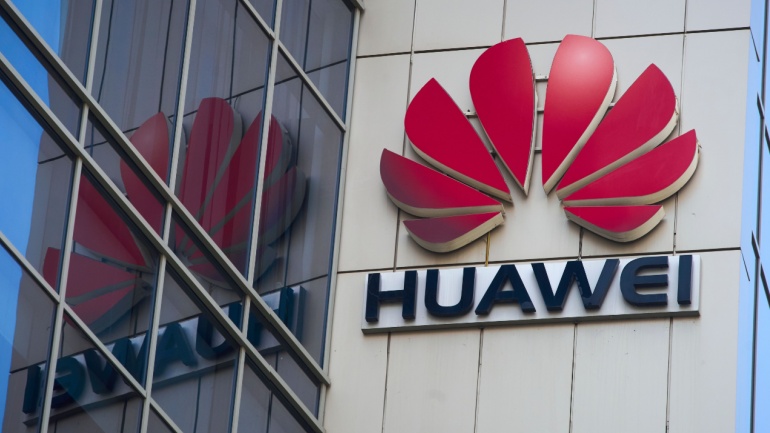Huawei saw its revenue soar 34.3% to CNY417.5 billion ($58.8 billion) in the first half of the year, boosting net profit by 17.8% to CNY54.9 billion. Despite a slight dip in profit margins, Huawei aims to enhance business resilience and optimize its portfolio. Their innovative 5.5G network promises to revolutionize VoIP technology.
Germany is investing €5 billion in a new semiconductor manufacturing facility in Dresden through the European Semiconductor Manufacturing Company (ESMC) initiative. The facility will leverage advanced technologies like FinFET and aims to reduce Europe’s dependence on U.S. and Chinese semiconductor imports. This strategic move promises to enhance Germany’s role in the global semiconductor industry.
Huawei is expanding its AI cloud services across the Asia-Pacific region, significantly growing despite US-led sanctions. Their offerings, including Ascend Cloud Service and Pangu large language model, aim to revolutionize sectors like finance and weather forecasting. This strategic move presents exciting opportunities for VoIP engineers and IT professionals.
Equinix is making waves in the VoIP and digital infrastructure landscape with a $124 million investment in a new Hong Kong data center, HK6. Positioned to meet VoIP demands and enhance connectivity, this facility integrates seamlessly into Equinix’s existing network, bolstering Hong Kong’s role as a data hub in the Greater Bay Area.
NATO’s HEIST initiative enhances global internet resilience by integrating subsea cables and satellites, aiming to safeguard against data traffic disruptions. GoTo harnesses generative AI to improve customer experiences, while China Unicom and Huawei launch a 5.5G network in Beijing, and Swisscom and Nokia deploy a nationwide drone network in Switzerland for safety and industrial monitoring.
Deutsche Telekom is enhancing its global IoT presence through a new agreement with the Bridge Alliance. As the first European telecom giant in this consortium, Deutsche Telekom aims to streamline IoT solutions for both Asian and European markets. Their combined expertise promises superior connectivity and simplified procurement processes.
Cisco and Rockwell Automation have partnered to accelerate industrial digital transformation in the Asia Pacific, Japan, and Greater China region. This collaboration aims to optimize manufacturing operations, boost productivity, and ensure industrial network security through advanced solutions like industrial IoT.
The Office of the Communications Authority (OFCA) in Hong Kong will auction new spectrum in the 850/900 MHz, 2.3 GHz, and 6/7 GHz bands to boost 5G network capacity, speed, and coverage. This strategic allocation is vital for enhancing public mobile communications, offering long-term licenses to successful bidders.
Germany has officially banned critical components from Chinese telecom firms Huawei and ZTE in its 5G network infrastructure, citing security concerns. German telecommunications companies must eliminate Chinese equipment from core networks by 2026 and from 5G access and transport networks by 2029.
PCCW has finalized an agreement to sell a 40% stake in its fibre business to China Merchants Group, a state-owned investor, for $870 million. The Hong Kong telecommunications company had been in talks with various potential buyers for months, but officially signed with the Chinese firm.












